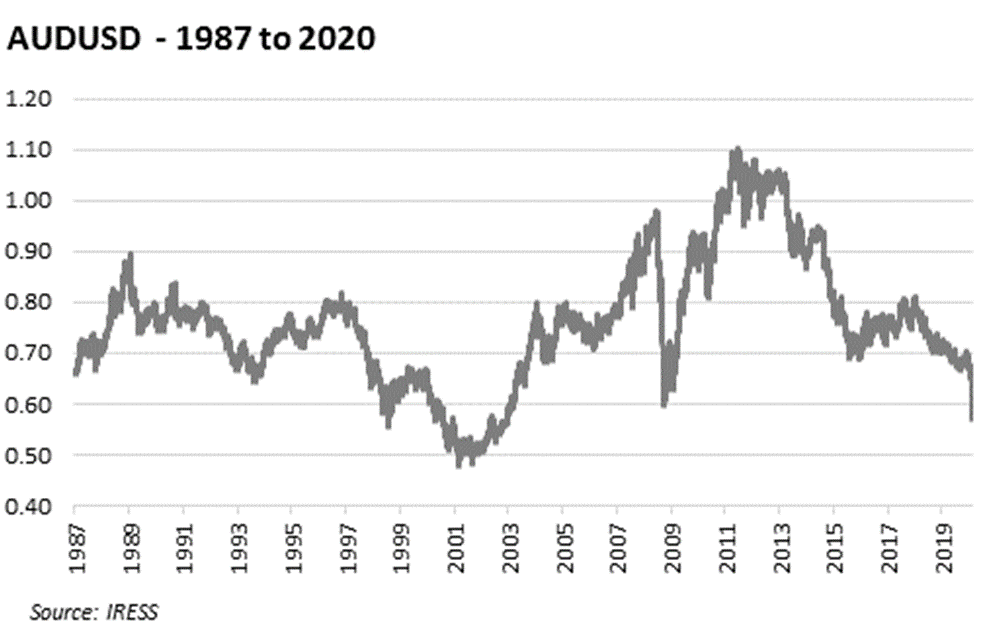By guest contributor Harry Cator, Executive Chairman, DMP Asset Management
Outside of the historical and intellectual buzz of witnessing history (some of it 200 hundred years in the making) what are my key lessons/findings?
-
There are only five asset classes – equities, bonds, property, cash/currency and commodities. Every product is linked to these five in some way – don’t assume that there is some new “class/product” that will diversify away your risk. It does not exist.
-
When these five asset classes have correlations of 1, risk models “melt” and prove to be highly ineffective and dangerous.
-
Liquidity, liquidity, liquidity is critical. LTCM went to the wall because they held assets that they could not sell. If there is no buyer, then said assets are momentarily worthless.
-
When buying a company on a 200X price-earnings (PE) multiple you are paying for earnings 200 years ahead! Even if the share price falls by 90%, it still trades on a PE of 20X, hardly cheap. Amazon lost 90% of its value during the dotcom crisis.
-
Structured product invariably blow up when stressed against the sword of reality. Mathematical simulations can create whatever outcome you tell the computer you want!
-
When markets are gorging at the table of greed, SELL. When the table is empty of all diners and the fear of the end is apparently nigh, BUY.
-
Debt is a fabulous slave but a furious master – there are only three ways you can reduce debt. Sell assets, earn profits or raise fresh capital. By the time the crisis hits the only real option is to raise fresh capital, usually at a massive discount to the then share price which is highly dilutive to existing shareholders.
-
A confluence of events is typically needed to cause a major crisis – in the current crisis we had extended valuations; the belief that central bank “put” options would ensure everlasting euphoria in global financial markets; the peak in the globalisation of trade and all ends of the risk spectrum rallying together.
-
The change in the rate of change (either accelerating or decelerating) is what markets reward or penalise, not static numbers.
-
When you feel that you have hit your philosophical use-by date, then markets have probably peaked.
-
Being too early in your “call” can be career limiting.
-
Never waste a good crisis.
How to navigate your way out of a crisis
There are four basic steps that I have developed thus far in my career to help navigate through a crisis.
-
Understand the causes/drivers of the crisis as best you can.
-
Establish triggers/markers to guide you through the fog of fear once drivers of the crisis have been identified.
-
Communicate these to you, our clients, so that you have an understanding and certainty as to what we will be doing on your behalf as the triggers/markers are checked off.
-
Execute on your view and intuition gained from experience. When there is uncertainty there is no data set to draw upon.
Current triggers/markers that we are monitoring to navigate out of COVID-19
- The AUD/USD cross rate.
The Australian dollar is regarded as the global barometer of growth. In July 2011, at the height of China’s demand for Australian commodities, the AUD/USD cross rate hit US$1.10. On 19th March 2020 it plunged to US$0.55. The Little Aussie Battler is predicting a major global economic fallout in the next six months. The all-time low for this cross rate was US$0.4775 in April 2001, just before Australia experienced the biggest bull run in commodities in over a century! The proximity of the AUD/USD cross rate to this all-time low would suggest that significant economic slowdown has been priced in.

